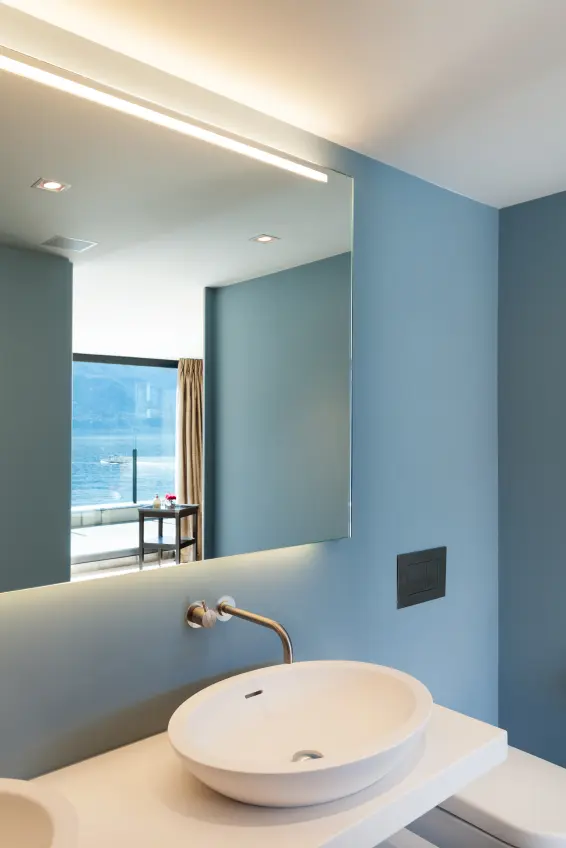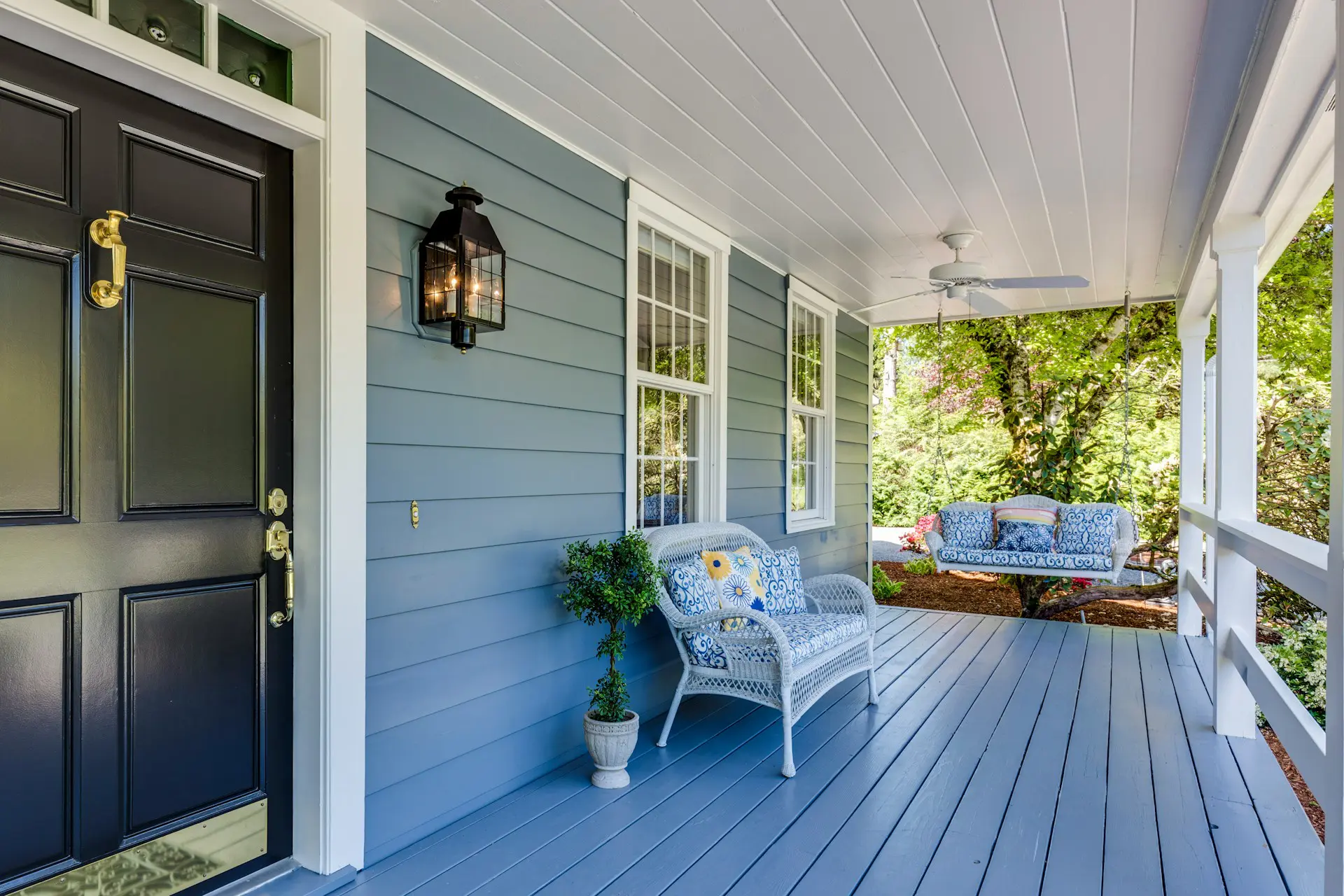How to Avoid Cutting in Lines When Painting Your Interiors

There’s nothing quite as satisfying as stepping back from a successfully completed interior painting job, and admiring your handiwork. Meanwhile, there’s nothing more frustrating than realizing the finish you’ve come up with is anything but flawless.
It all looks fantastic at a glance, but direct your gaze around the ages of your walls/ceilings and those pesky cutting in lines deal you a hammer blow.
Cutting in lines occur when paint accumulates around corners, edges, window frames and elsewhere, gradually building to a point where the dividing line between two features becomes visible. They can be difficult to avoid, given how cutting in and painting the larger surface areas of the space in question are technically two different jobs.

You have to cut in to create an appropriate ‘frame’ around the main surface area, but blending the two to create a flawless finish isn’t easy.
This is why it is not uncommon to examine a finished interior painting job and pick up on problematic lines in various locations. Worse still, there is no quick or easy way of fixing them, as what you are looking at is an accumulation of paint. Hence, the only realistic option would be to remove it and start again.
Avoiding cutting in lines in the first place is therefore the way to go. Something that may sound tricky, but can actually be fairly straightforward.
How to Prevent Cutting in Lines When Painting
Preparation always paves the way for a flawless finish. Before diving into an interior painting project headfirst, it is essential to arm yourself with a strategic plan of action.
If you know how to prevent cutting in lines from forming, you’ll save yourself a world of anger and frustration later.
With this in mind, here are four simple yet essential things you can do to avoid cutting in lines on your next painting project:
- Box Your Paint
First up, color variation is a surprisingly common issue. Even with the highest-quality paints money can buy, you cannot always be assured of 100% identical shades from one batch to the next. This is why boxing paint is essential – not just to help you avoid cutting in lines.
Boxing paint simply means taking all of your page containers of the same color, pouring them into a large bucket, and giving them a good mix. This will ensure that each and every surface, corner, and crevice you paint is treated to the exact same color. It also eliminates the risk of color variations in prominent positions around the space ruining the entire finish.
- Paint Inwards Before the Paint is Dry
The tendency among many DIYers is to wait until the paint they have used to cut in around the edges is dry, before proceeding with the rest. In reality, this is one of the worst things you can do when cutting in lines are concerned. Once a layer of paint dries in place around the edges, you have a clear and distinct separation line that could be difficult to blend with the rest of the paint.
The best way to avoid this is to begin painting inwards from your cutting in lines before the paint has dried. While the paint is still wet, paint inwards at least 6 inches or so from the paint around the edges and corners. This will essentially ‘smear’ the paint and smooth it towards the larger surface, making it much easier to avoid noticeable separation lines when painting the rest.
- Always Use High-Quality Primers and Paints
The quality of the paint and primer you use could be the biggest factor of all in preventing cutting in lines. Lower-quality paints are significantly more difficult to work with, and can make it practically impossible to combine separate painted areas with seamless precision.
This is one of many reasons why cutting corners on paint quality to save money is inadvisable. You may save yourself a few bucks in the interim, but you’ll spend way more attempting to correct your mistakes at a later date.
- Hire Help
Last up, the easiest and most convenient way to avoid cutting in lines is to have the pros paint your interiors on your behalf. It’s worth remembering that depending on your requirements, hiring help could actually cost you less than painting your home yourself.
When you think about all the tools, equipment, consumables and general paraphernalia you’re going to need, you could save money by hiring a contractor. All with the guarantee of a much faster and less disruptive painting project, complete with an extensive warranty on all work conducted for total peace of mind.
For more information on the services we provide or to discuss your requirements in more detail, contact a member of the team at Homm CPS today.










